While cooking shows on TV offer an extensive variety of recipes for iftar and sehri, there is mostly an unhealthy inclination towards frying, frying and more deep frying. Phonetically, fried is a four letter word.
Trying to move away from the allure and temptation of pakoray and samosay washed down with sugary drinks, I tried to work out something with sandwiches using spicy, grilled meats or pastas served with grilled veggies and strips of cleverly marinated meat. The challenge is not only to eat light and eat right but also that the food should be as delicious and tempting as fried food.
Before getting hooked on to the idea of shashlik and satay as being interesting options for iftar, I was curious to know what other Muslims around the world are doing for iftar and hence I went Googling. Apparently in Dhaka ‘boro baper polay khai’ is a popular delicacy made using 13 spices, ghee and a mixture of chickpeas, brains, minced meat, potatoes, chira, egg and chicken. Sounds like a few thousand calories.
Other than that, giant beef and chicken roasts, suti kebab (marinated minced meat), shahi doi bora (fried and spiced lentil balls dipped in yoghurt), mutton and chicken cutlet, qeema roll (a roll of chopped meat), different types of kebab, qeema paratha, hilsha eggs, borhani, matha, roasted pigeon and quail, and different kinds of sweetmeats make a rather rich iftar menu.
The Middle Eastern ‘Harira’, a lentil and tomato soup seems to be the right kind of food that would not only please the palate but hydrate and reinvigorate the body. Hard-boiled eggs, fried fish, pastries stuffed with meat or seafood and pancakes are also served. Middle Eastern women seem to spend a lot of time preparing traditional sweets like ‘sellou’ and ‘chebekia’ at home in advance of Ramazan, just like samosas and spring rolls are prepared before hand in Pakistani kitchens.
In southern states of India such as Tamil Nadu and Kerala, Muslims break their fast with nonbu kanji, a rich, filling rice dish of porridge consistency, cooked for hours with meat and vegetables. Sounds healthy and I wonder if it is spicy because if it is anything like South Indian food, it must be a wake up call for the taste buds.
Laghman soup, locally called Kalli, is an iftar staple in northern areas of Pakistan like Chitral and Gilgit. It is a noodle soup, clearly a bit of Chinese influence from across the border.
While Russian Muslims in Dagestan break the fast with fruit and dates, followed by soup and bread, the Turkish add to the healthy options by eating cheese and olives with the Turkish pide bread baked specially during Ramazan, probably a healthy equivalent of our sinful khajla pheni that people indulge themselves in during this month. Rounding my survey off with the Afghans eating dates, shorba, kebabs, du piyaza, manto, kabuli pulau, and an extensive range of sweet dishes and desserts, I chose the healthier and more flavourful options from all across the world. These are my top five options for a delicious, healthy iftar:
Smoothies, ideally using fresh fruit as there are peaches, plums, bananas, mango, grapes available in plenty. Buy them fresh, chop them up and store in the freezer. You can create your own mixes by adding dry fruit or canned fruit like pineapple or lychees.
It is not so hot in Karachi these days and raining in the rest of the country so soups are a good way to hydrate and get your vitamin boost as well. A hearty tomato basil or cheesy French onion soup or the ever popular chicken corn soup makes a light entrée for your iftar.
Oriental salads using fresh vegetables like capsicum, spring onions, carrots, cucumbers and bean sprouts with interesting Asian dressing options using rice vinegar, sesame oil, fish sauce and lemon juice feel good to the palate and look good on the plate.Dhokla is a healthier option for pakora lovers as, instead of deep frying, steaming or baking is the method of cooking, and sooji or semolina is added to the dhokla mix which adds texture as well as nutrition. Served with spicy green coconut chutney, the dhokla is so delicious you may never wish to go near pakoras again.
Satay and shashlik on skewers served with or without rice depending on your carb needs but definitely served with piquant peanut sauce and spicy barbeque sauce respectively are great iftar options. Satay can be served with vegetable fried rice or stir fried veggies.



















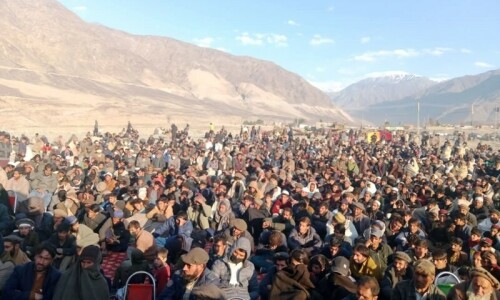







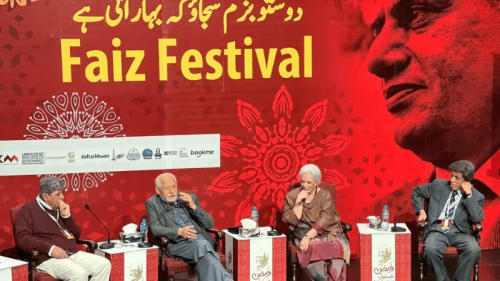














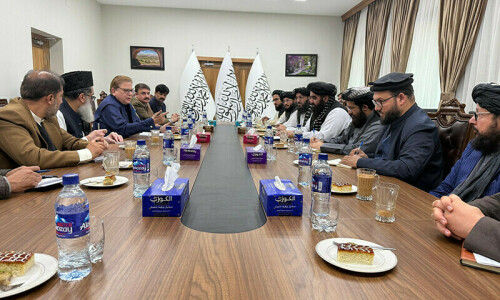
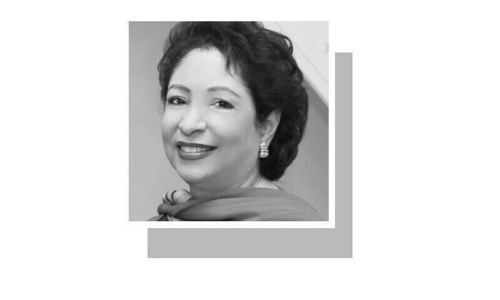





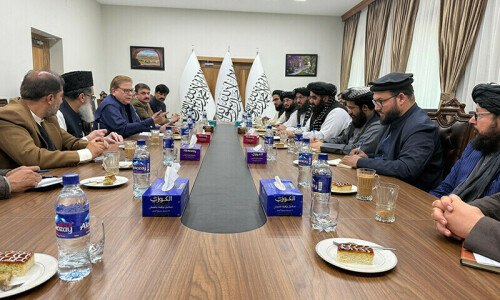



Dear visitor, the comments section is undergoing an overhaul and will return soon.